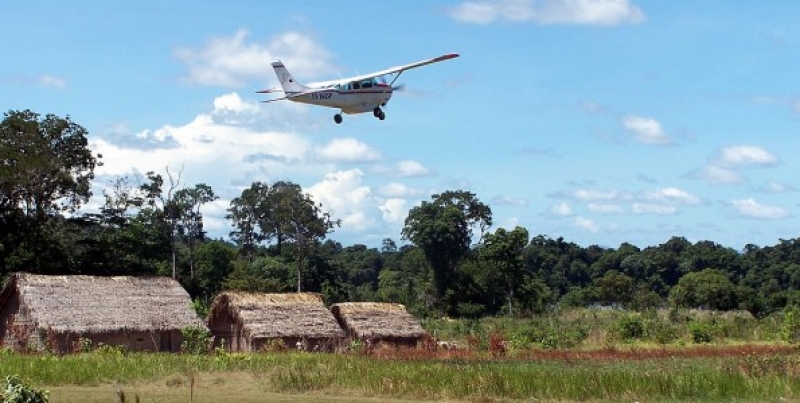Way back in the olden days, missionaries to remote and isolated tribal locations had to be prepared to really rough it. For one thing, back then computers were not what we know them to be today. True, they had awe-inducing names like Whirlwind, Atlas, and Colossus, but they were unwieldy contraptions that filled entire rooms and as such, were not allowed as carry-ons on most airlines.
This did not deter the missionaries, however. Armed with determination, typewriters, and bottles of white-out, they went to some of the most rugged and inhospitable places on this earth, motivated by a desire to reach out to societies that few others cared about.
For these missionaries, traveling in and out of the tribal locations required days, sometimes weeks, of exhausting effort. Hours and hours of hiking through thick underbrush, days and days of river travel, shooting dangerous rapids, portaging around waterfalls, being bitten and stung along the way by ants, spiders, scorpions and other sundry jungle critters; that generation of missionaries had the right stuff.
I, on the other hand, had the Wright stuff. Those Wright brothers – bless them – must have had me in mind as they were tinkering in their workshops and taking flight in their dubious crafts. They were working on something that would make my life a lot easier, and I appreciate that, believe me.
As a result of their inquisitive endeavors, I didn’t often have to hack my way through virgin jungle; that wasn’t a hardship that fell to me. But that’s not to say I lived life on easy street. Not at all. Sometimes I had to lean over and twiddle those annoying knobs on the communications radio for a long time when calling in a flight. On more than one occasion, when flying into the jungle, the airplane I was in got tossed about in a thundercloud, causing me to lose my place in the magazine I was reading, not to mention my lunch. And those seatbelts in the airplane! What were those things made of, anyway? Reinforced sandpaper? It was a lot to endure, but I tried not to complain, at least not within hearing of the missionary pilots who flew those airplanes.
They had to put up with quite a bit themselves. They were viewed by us jungle-bound missionaries as a Santa Claus of sorts, which is all fine and well, unless Santa doesn’t bring gifts. Pity the pilot who should have the misfortune of landing at a remote missionary station without having thought to bring the mailbag.
I came to realize something about these missionary bush pilots: they see things that other people don’t. I lost count of the times a pilot would land, dig out the mailbag and hand it over, wearily remove his helmet and then say something about there being a big dip in the middle of the airstrip. But no matter how many times I went out to look for myself, I never saw anyone there at all.
Poor guys. I think some of them were just overworked, that’s all. What else would you expect from people who work from sunup to sundown flying across a sea of rugged jungle terrain?
And flying was the easy part. The real work involved loading and unloading hundreds of pounds of cargo such as livestock, pets, food, combustible fuels, and household appliances. Their passengers ranged from children traveling to boarding school, crying as they left their parents, to government officials, to white-knuckled tribal people unfamiliar with air travel, to women in labor, to severe trauma victims, to corpses. Their reward for all of this was the opportunity to put their lives on the line by landing on short, narrow jungle airstrips with little wing clearance and big undulations in them, only to be greeted with a perfunctory: “Hi. Where’s the mailbag?”
No doubt about it: these pilots, just like those old-time missionaries, had the right stuff, whether they saw imaginary things or not.
If you enjoyed this excerpt, you'll love the book Our Witchdoctors Are Too Weak. Get your copy today.

